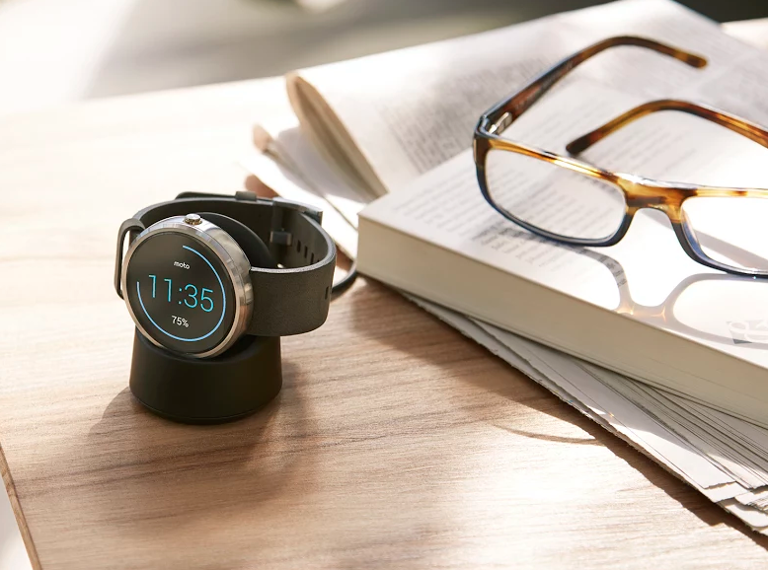At least one research firm really does think
wearable electronics will become the Next Big Thing. Analysts at IHS believe that the wearable-electronics market will increase to 800 million units shipped in 2023, a stratospheric increase from the 54 million units shipped this year. Over the next nine years, segment revenue could rise from $300 million to $22.7 billion.
Click here to find wearable electronics-related jobs. But that rise isn’t inevitable: According to IHS analyst Sweta Dash, wearable electronics such as smartwatches will need superior battery life, screens with good outdoor visibility, and flexibility with regard to design and form-factor: “Wearables are best viewed as functional fashion accessories rather than electronic goods.”
Apple, Google, and other tech firms leading the charge on this next generation of devices will also need to convince third-party developers to build a robust ecosystem of “wearable” apps; if smartphones demonstrated anything, it’s that a platform without sufficient developer support will quickly shrivel and die.
Upload Your ResumeEmployers want candidates like you. Upload your resume. Show them you're awesome.
Price is still another factor: While
Apple can charge $350 and up for its smartwatch, other manufacturers will likely need to make their devices as cheap as possible in order to gain significant market-share. But again, as smartphones demonstrated, it can take quite a bit of time for inexpensive, quality devices to reach the market in mass numbers. Unless that happens, it’s likely that smartwatches and their ilk will remain a niche product. If they do, it’ll become that much harder to attract developers.
Related Articles
Image: Motorola 


